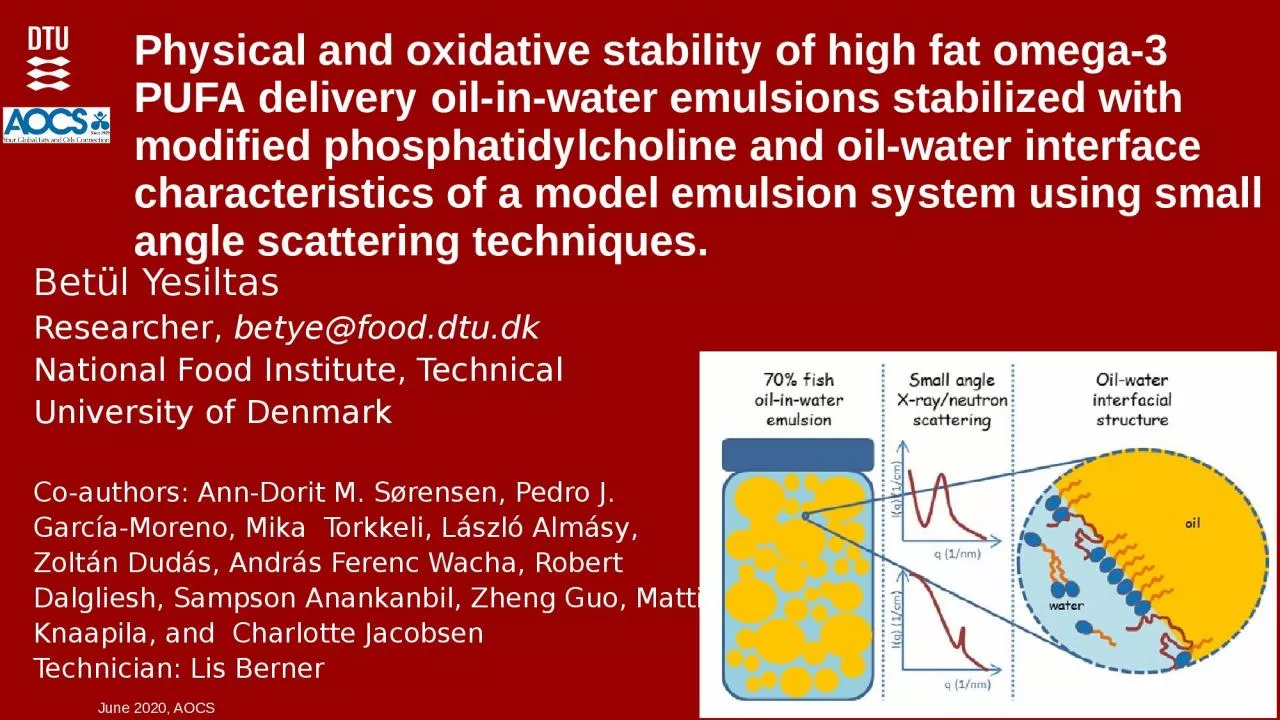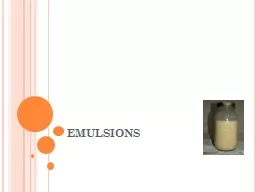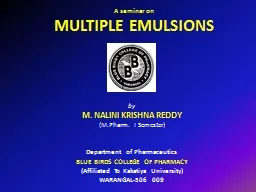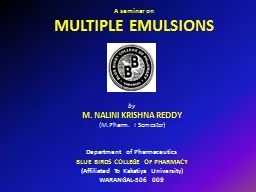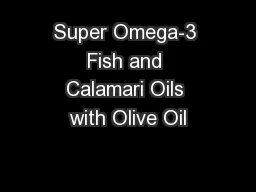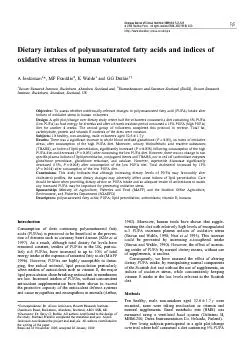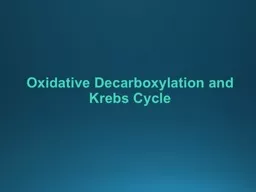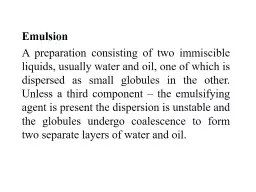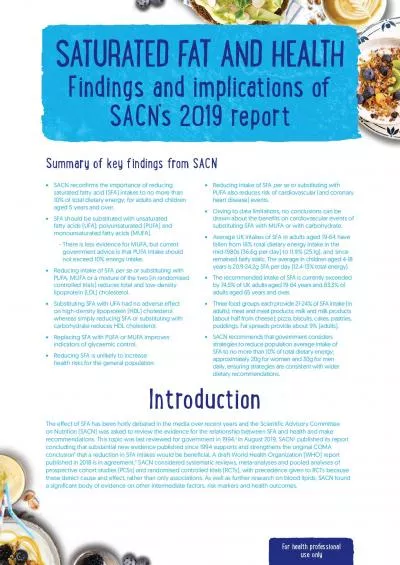PPT-Physical and oxidative stability of high fat omega-3 PUFA delivery oil-in-water emulsions
Author : okelly | Published Date : 2024-03-13
angle scattering techniques Betül Yesiltas Researcher betyefooddtudk National Food Institute Technical University of Denmark Coauthors AnnDorit M Sørensen
Presentation Embed Code
Download Presentation
Download Presentation The PPT/PDF document "Physical and oxidative stability of high..." is the property of its rightful owner. Permission is granted to download and print the materials on this website for personal, non-commercial use only, and to display it on your personal computer provided you do not modify the materials and that you retain all copyright notices contained in the materials. By downloading content from our website, you accept the terms of this agreement.
Physical and oxidative stability of high fat omega-3 PUFA delivery oil-in-water emulsions: Transcript
Download Rules Of Document
"Physical and oxidative stability of high fat omega-3 PUFA delivery oil-in-water emulsions"The content belongs to its owner. You may download and print it for personal use, without modification, and keep all copyright notices. By downloading, you agree to these terms.
Related Documents

